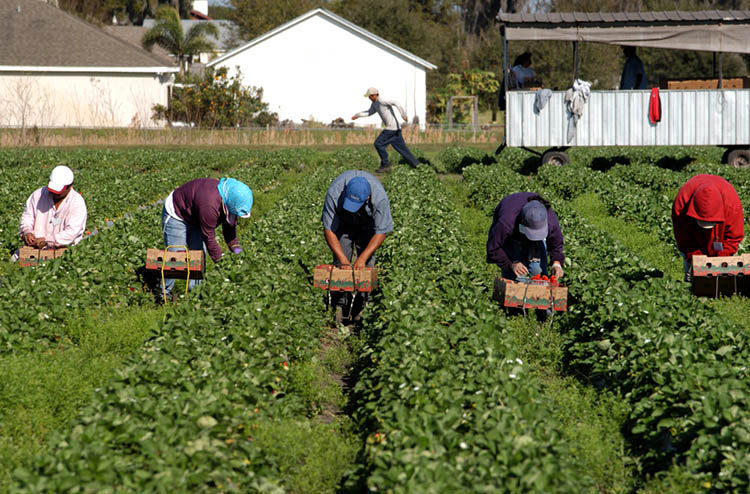
By Frank Giles
On June 28, a new rule from U.S. Department of Labor (DOL) regarding the H-2A program will come into force. The agency noted the 600-page rule is intended to strengthen protections for temporary agricultural workers.
In announcing the final rule in late April, DOL Acting Secretary Julie Su said: “H-2A workers too frequently face abusive working conditions that undercut all farmworkers in the United States. This rule ensures farmworkers employed through the H-2A program are treated fairly, have a voice in their workplace and are able to perform their work safely. It also promotes employer accountability, benefitting all farmworkers by upholding labor standards. The Biden-Harris administration is committed to being the most pro-worker administration in history, and this rule is a significant milestone in that effort.”
Offense Taken
The process of developing the rule and the DOL broad-brush characterization of farmers as abusive didn’t sit well with the National Council of Agricultural Employers (NCAE), which released a strongly worded response.
“This offensive rule was developed in complete bad faith and should be immediately withdrawn. This regulation should never have been allowed to see the light of day. To suggest this regulation somehow protects farmworkers is a bad joke, and its punchline is its lasting damage to farmworkers and the American farm and ranch families who employ them,” said Michael Marsh, president and chief executive officer of NCAE. “The DOL here seeks to make an undisguised end run around the Congress, the Supreme Court and the Constitution of the United States of America.”
Unionization
While the rule does several things, the NCAE and other agricultural groups say it all boils down to an attempt to allow unionization of farm workers who participate in the H-2A program. It would allow labor organizers on properties where agricultural employers provide H-2A worker housing.
The NCAE contends the rule ignores a 2021 U.S. Supreme Court decision in Cedar Point Nursery v. Hassid. The 6-3 decision found that a regulation allowing union activists access to farms was unconstitutional. The court struck that regulation down, but it appears to be back in the new rule announced in April.
The NCAE also noted: “Under this new rule, the DOL asserts that unionization of H-2A temporary agricultural workers is not preempted by the laws passed by Congress. This unequivocally contradicts the Congress’ exclusion of agricultural laborers under the National Labor Relations Act of 1935. Further, Congress instructed the National Labor Relations Board to use the expansive definition of ‘agriculture’ provided by the Fair Labor Standards Act in determining whether workers fall under the category of agricultural laborers.
“Rather than accepting the interpretation of law by the Supreme Court, abiding by the laws passed by the Congress, or petitioning Congress to legislate change only it can make, the DOL decided it can ignore the Separation of Powers inherent to our liberty, and fill all branches of our government,” explained Marsh. “This is something the Department should know it cannot do.”
More Red Tape
American farmers are being squeezed like never before whether it be inflation, market disruptions from imports, regulations or an aging demographic. While the H-2A program has its issues, it is an essential tool in ensuring American-grown food gets served on our plates. It is a program we should be seeking to streamline, not making it more difficult with the prospect of activists having access to farm properties. We’ve seen the results of that on college campuses in recent months.
I have been on a lot of specialty crop farms over the years, most of which use the H-2A program. It has been my observation that many workers come back to the same farm year after year because they are treated well. Bad actors in the H-2A program should be called out and punished, but there’s plenty of laws already in place to handle that. This is another layer of red tape hindering farm sustainability.









